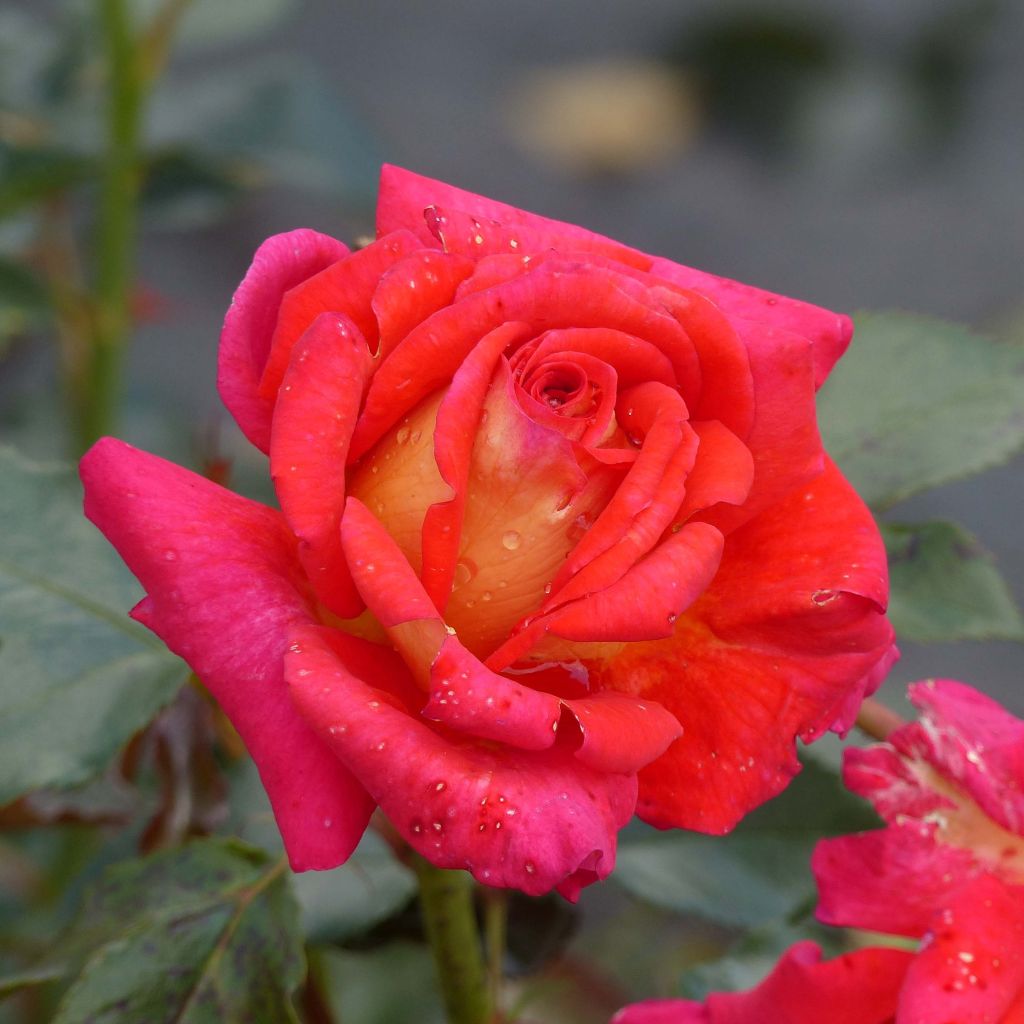

Rosa Parfum de Grasse


Rosa Parfum de Grasse


Rosa Parfum de Grasse
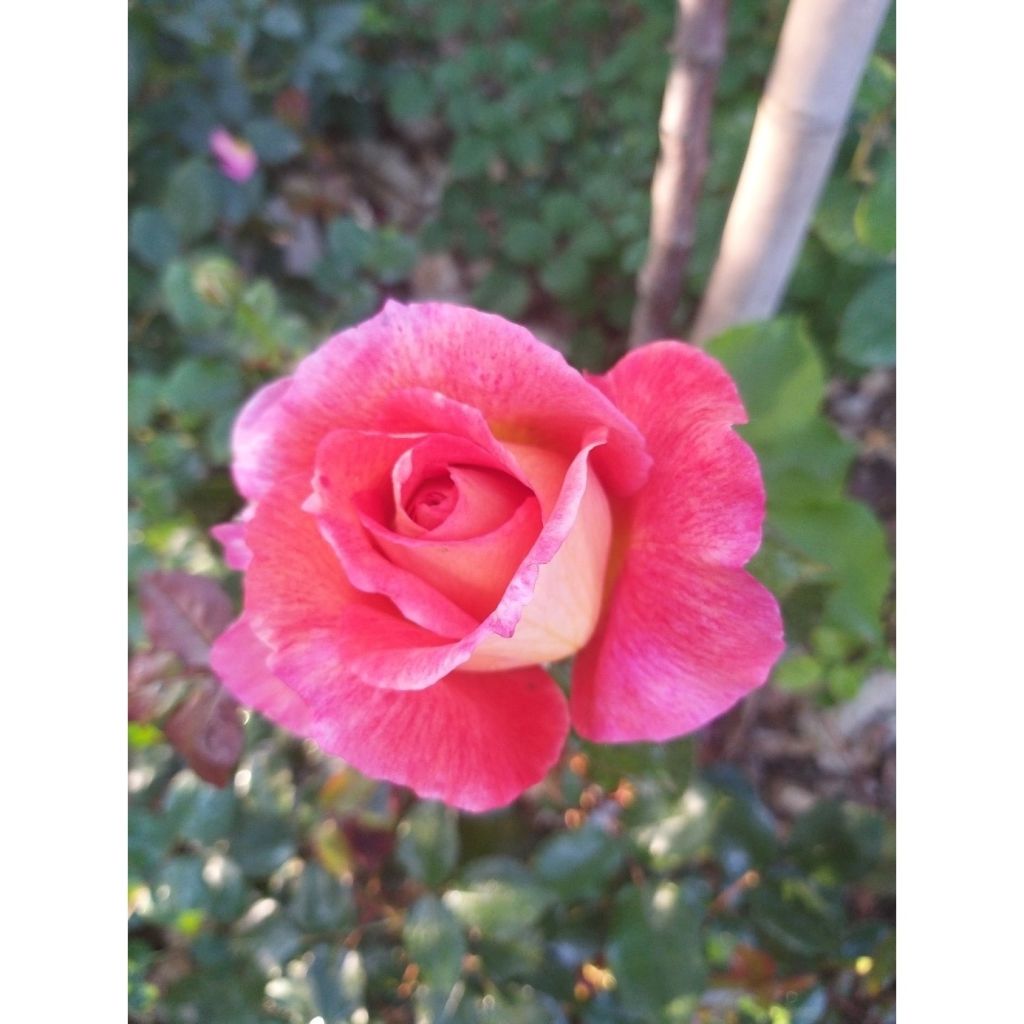

Rosa Parfum de Grasse
View more pictures
Hide images
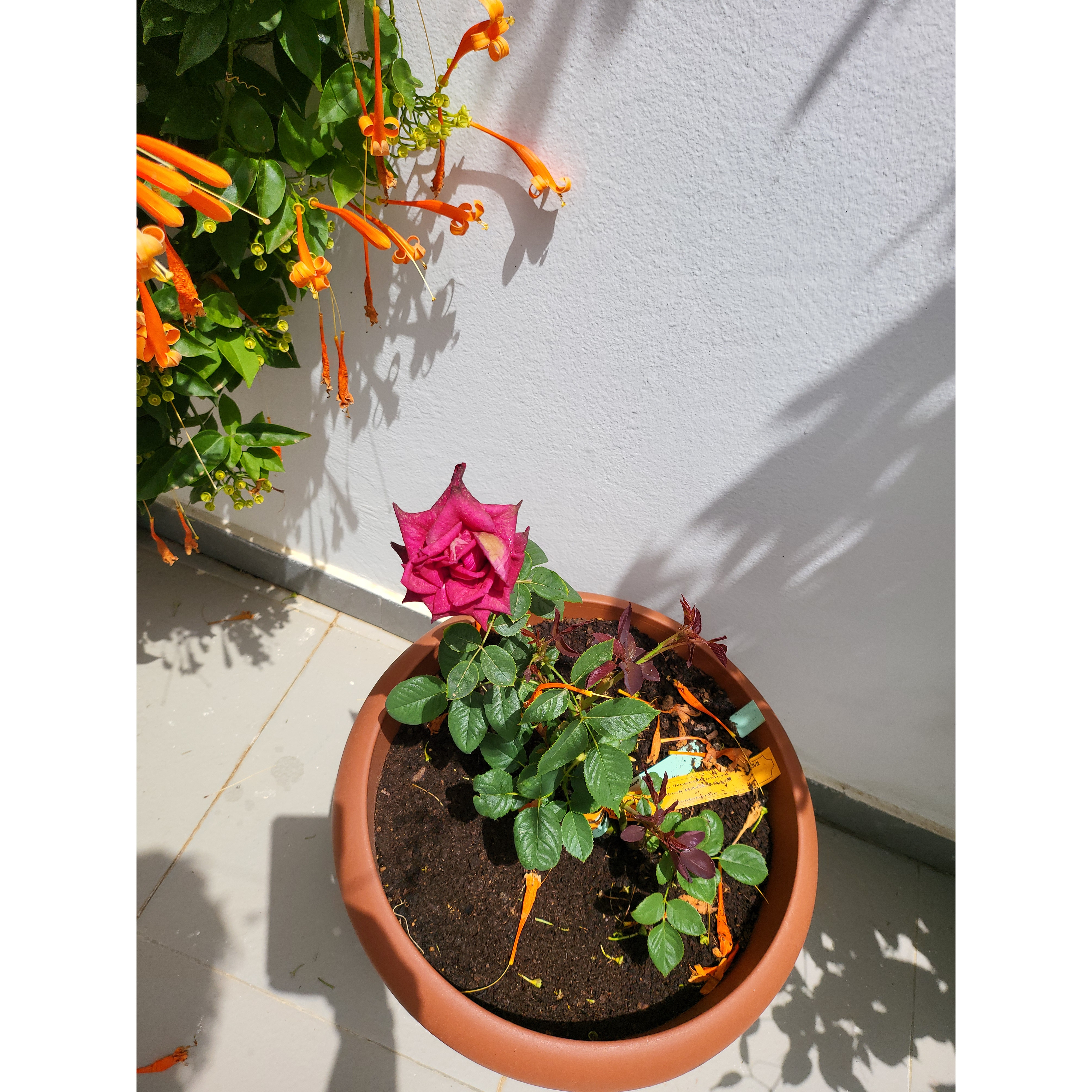
Brigitte G.

Bought in February, planted in March in Senegal, flowering by late March.
Brigitte G. • 94 FR
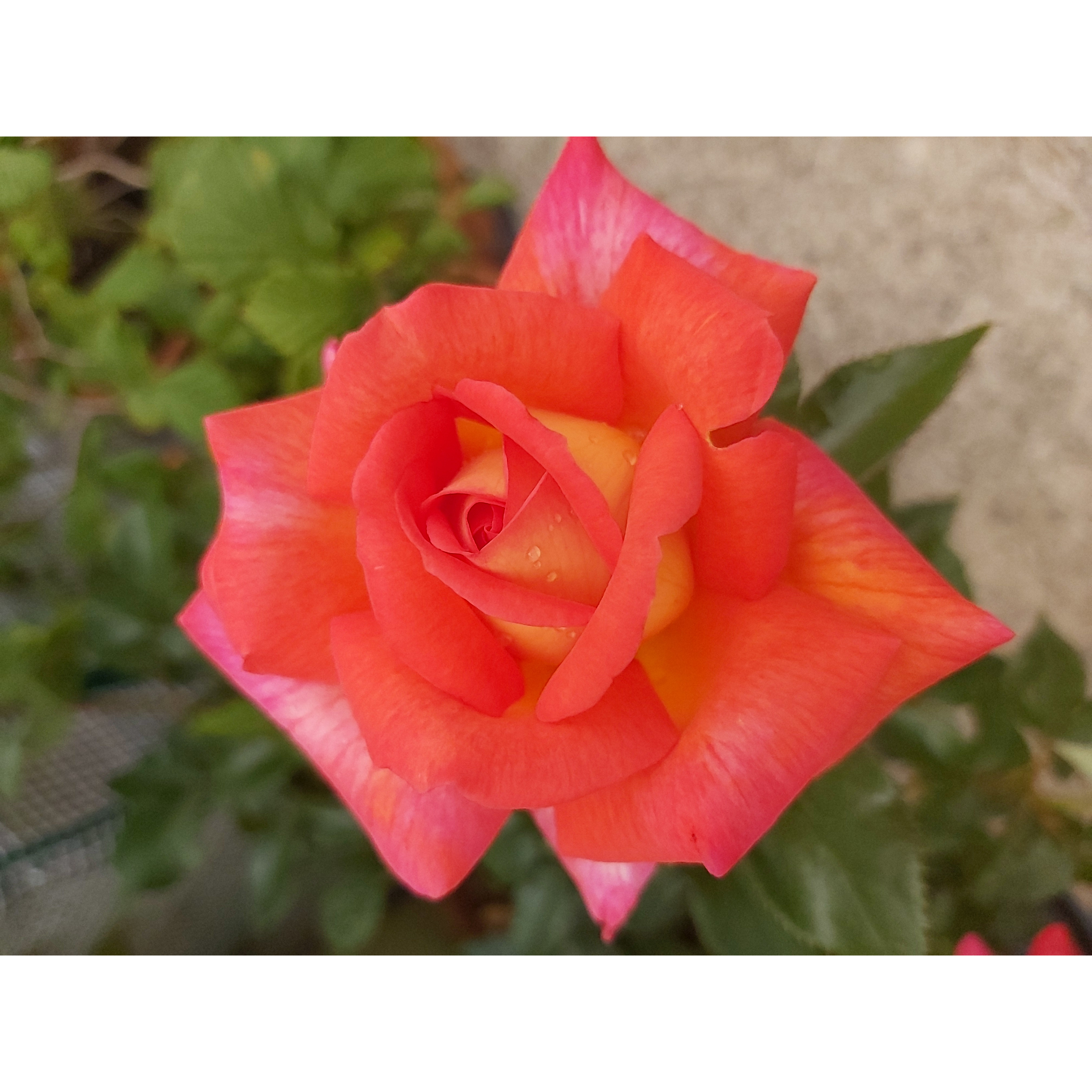
Valérie P.

Beautiful and fragrant
Valérie P. • 17 FR
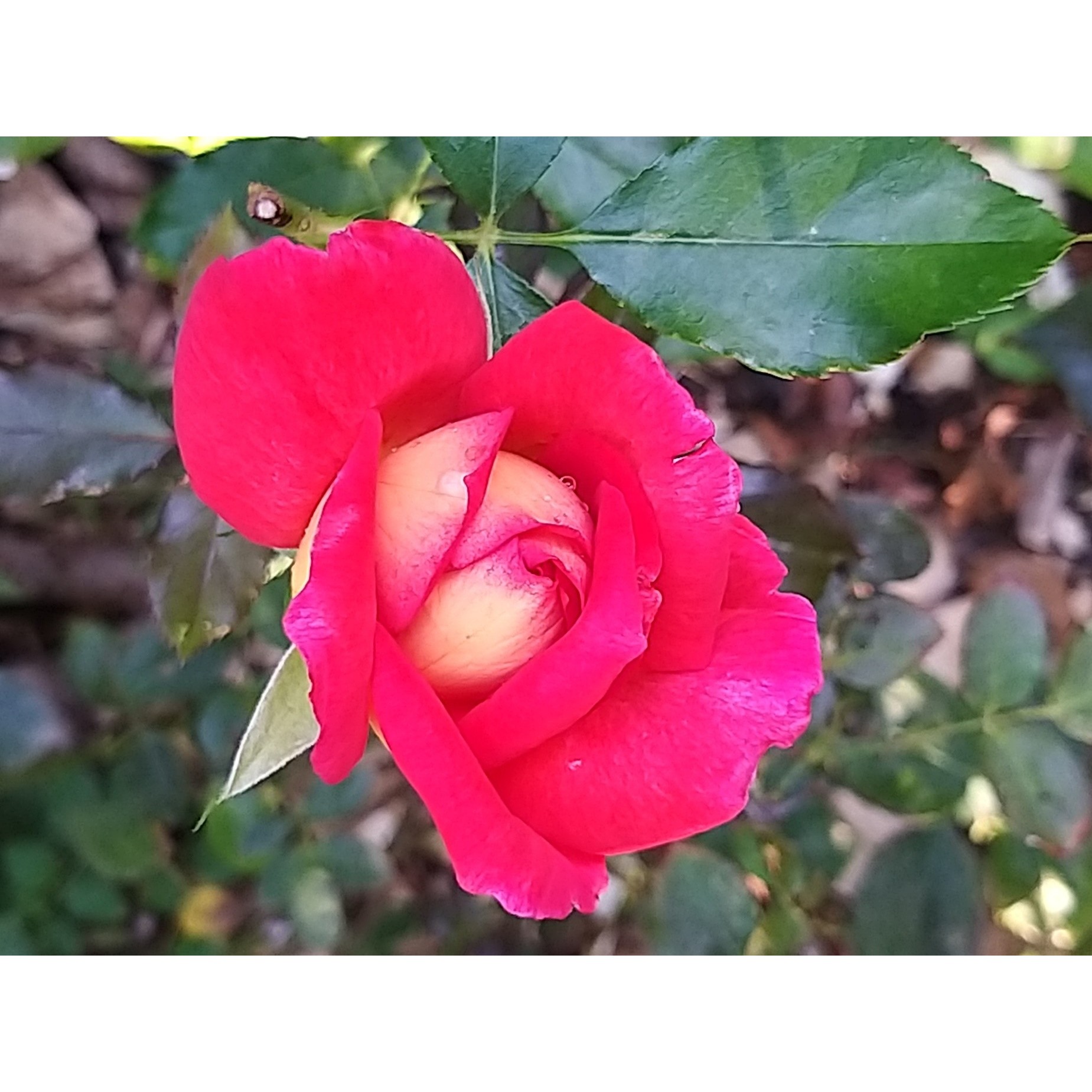
Thierry P.

September flowering - picture 22 - After rain.
Thierry P. • 84 FR
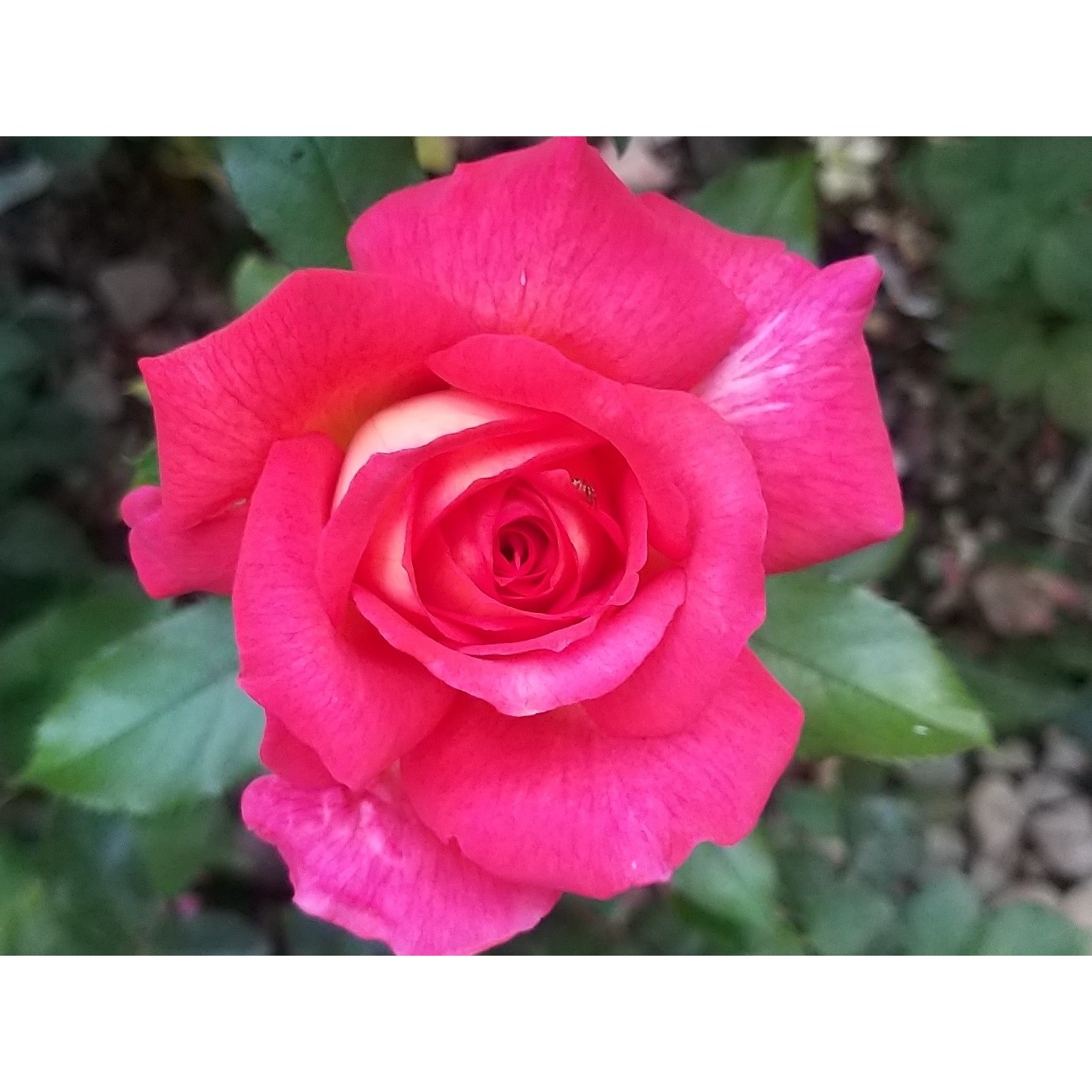
Thierry P.

August flowering - image 15
Thierry P. • 84 FR

Thierry P.

No text to translate.
Thierry P. • 84 FR
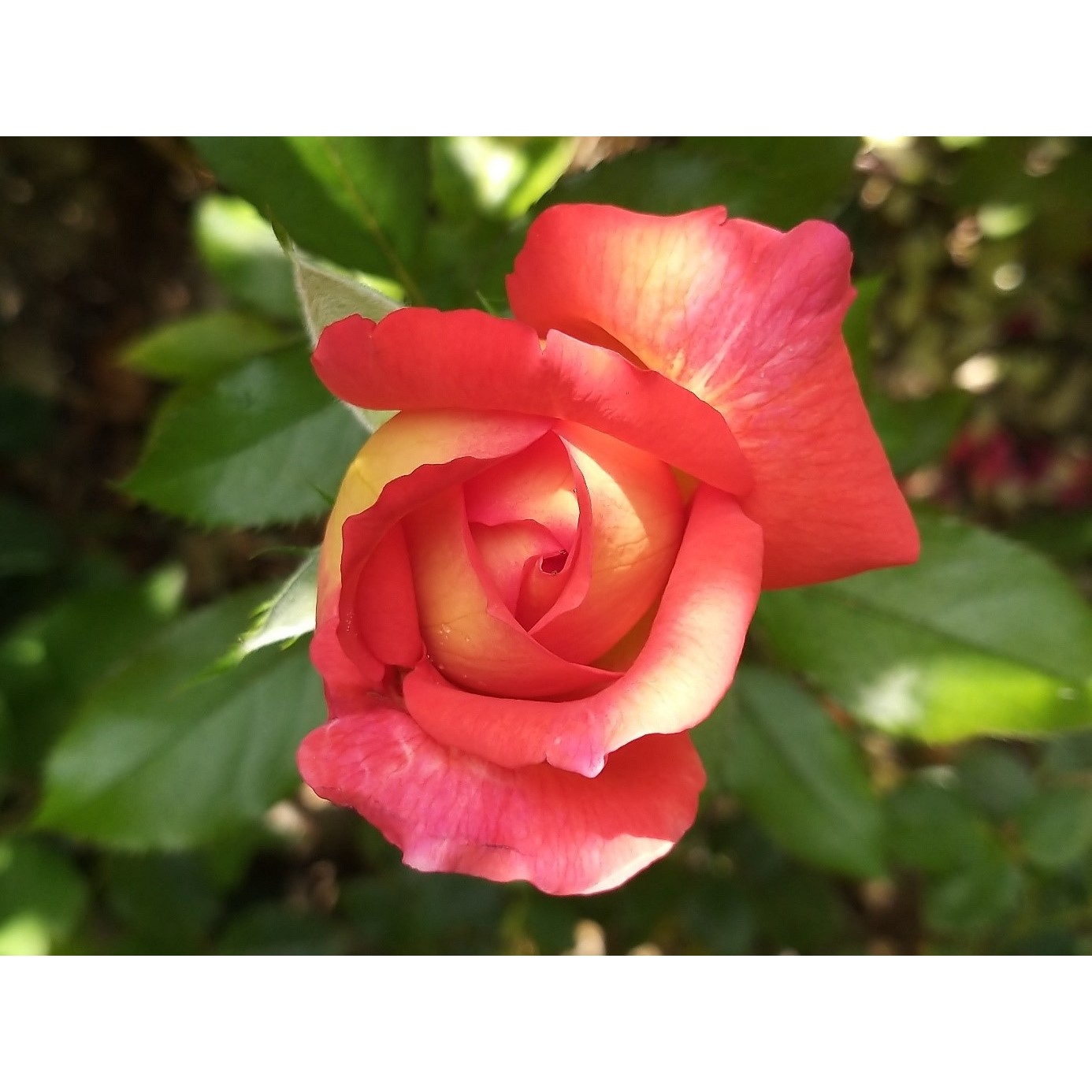
Thierry P.

Flowering in August - image 13
Thierry P. • 84 FR
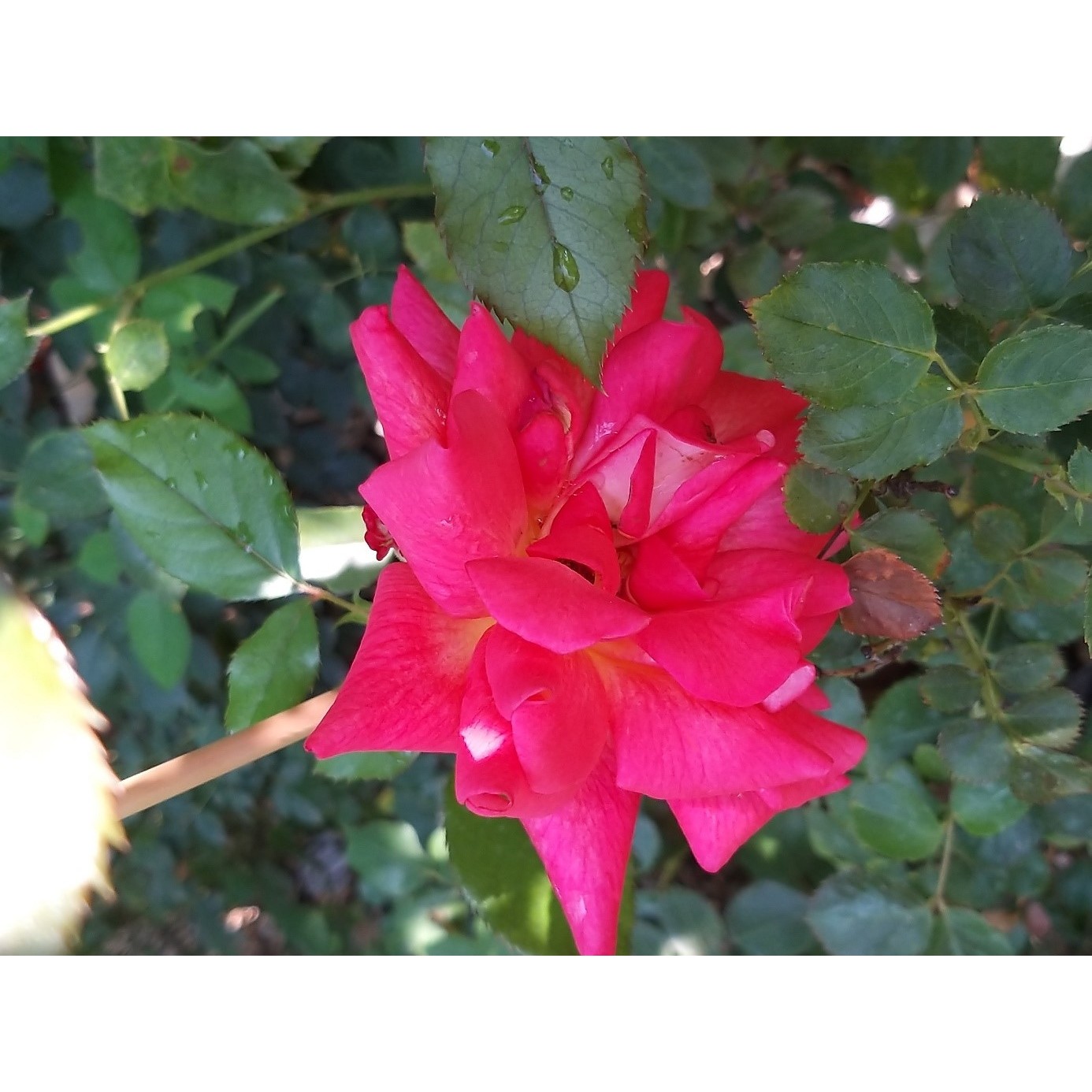
Thierry P.

July flowering - picture 11 (after a storm)
Thierry P. • 84 FR
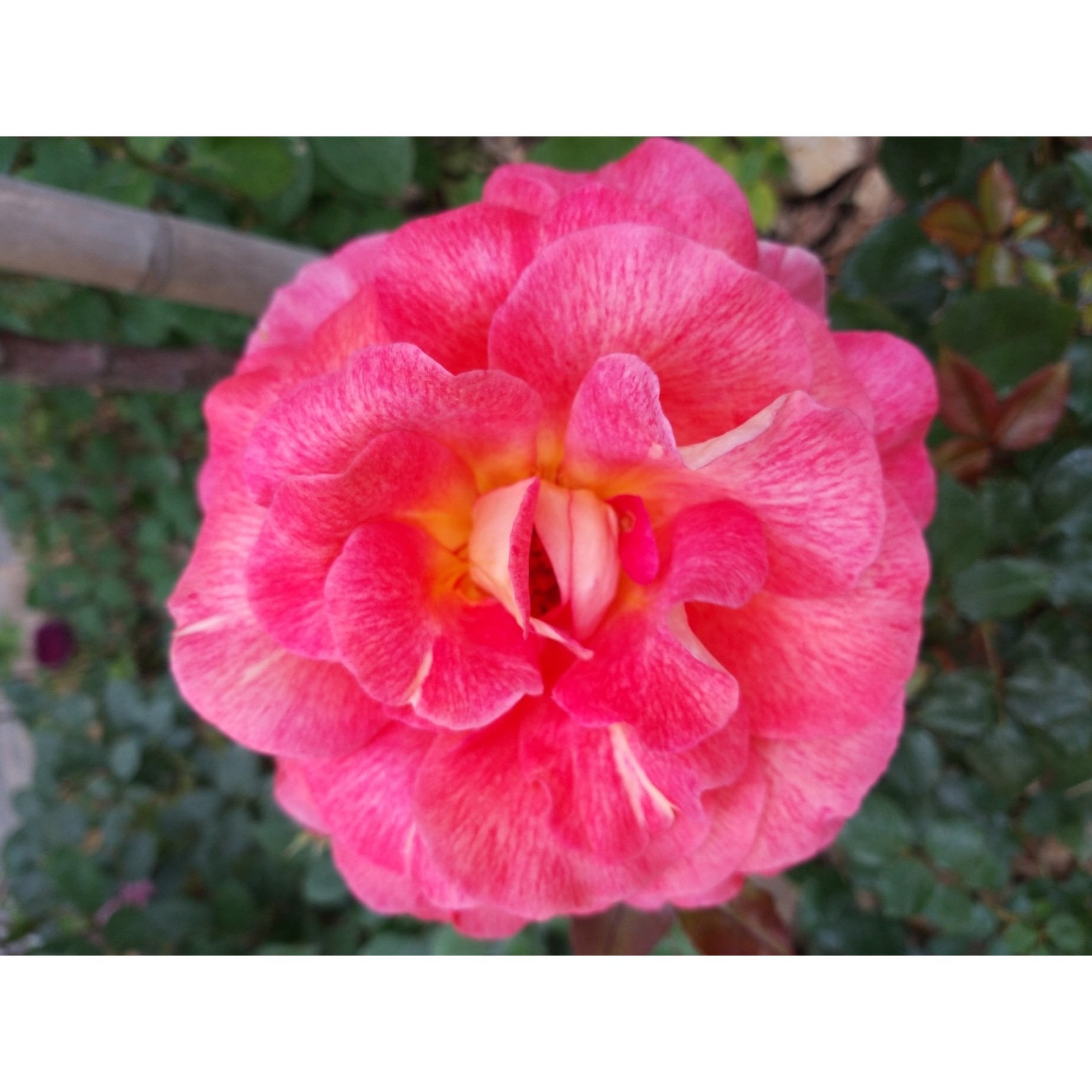
Thierry P.

Flowering in May - image 5
Thierry P. • 84 FR
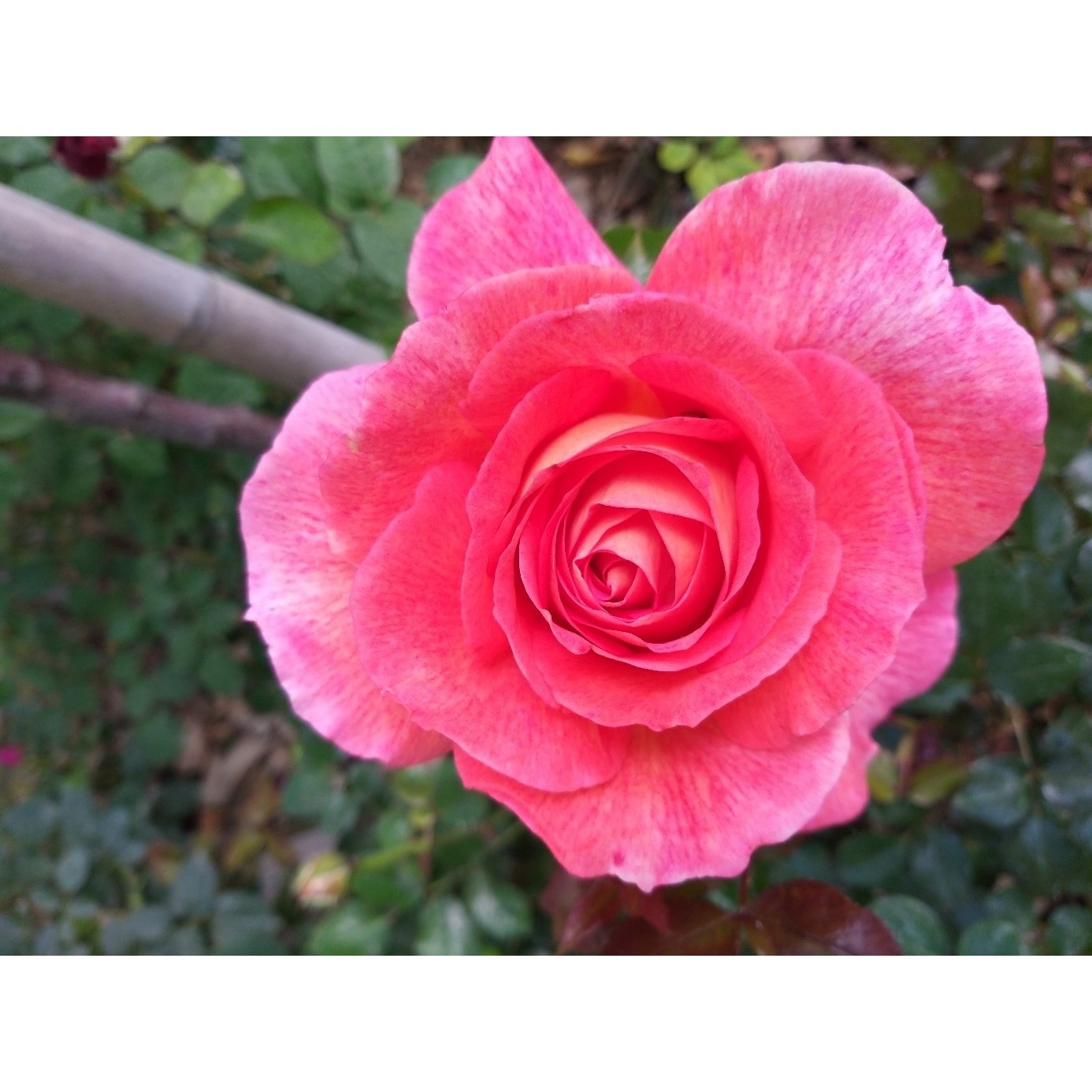
Thierry P.

Flowering in May - image 4
Thierry P. • 84 FR
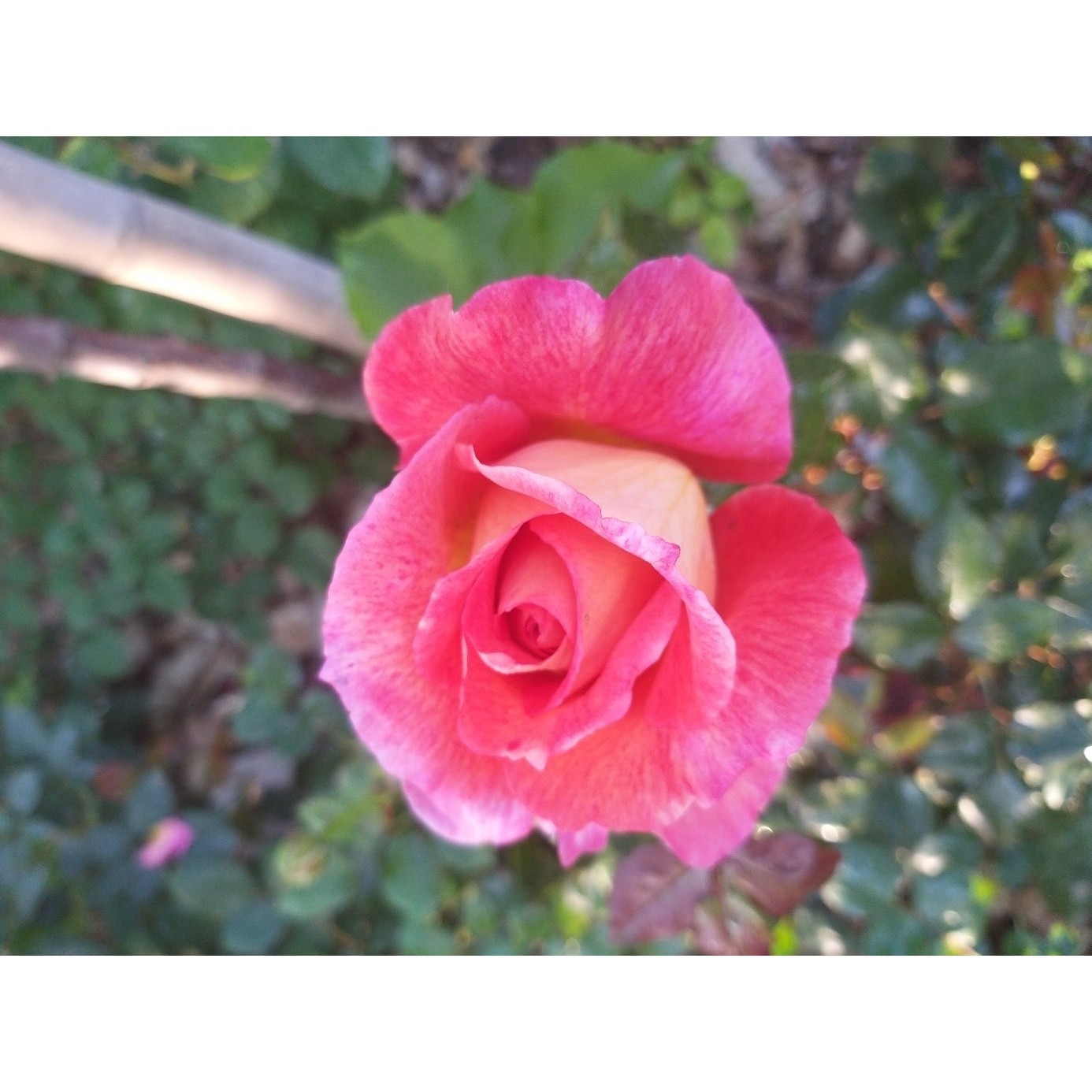
Thierry P.

Flowering in May - image 3
Thierry P. • 84 FR
Rosa Parfum de Grasse
Rosa Parfum de Grasse ® ADAvorjap
Very beautiful orange rose bush, thank you for the preparation.
Nath44, 17/06/2025
Special offer!
Receive a €20 voucher for any order over €90 (excluding delivery costs, credit notes, and plastic-free options)!
1- Add your favorite plants to your cart.
2- Once you have reached €90, confirm your order (you can even choose the delivery date!).
3- As soon as your order is shipped, you will receive an email containing your voucher code, valid for 3 months (90 days).
Your voucher is unique and can only be used once, for any order with a minimum value of €20, excluding delivery costs.
Can be combined with other current offers, non-divisible and non-refundable.
Home or relay delivery (depending on size and destination)
Schedule delivery date,
and select date in basket
We guarantee the quality of our plants for a full growing cycle, and will replace at our expense any plant that fails to recover under normal climatic and planting conditions.
Description
Rosa Parfum de Grasse is a modern hybrid tea rose, known in the garden for its radiant colour that warms the heart and its powerful fragrance with fruity notes. The elegant buds open slowly, revealing over 30 petals of a deep pink-orange colour with a yellow-orange reverse, forming a perfectly-shaped bicolour flower. This versatile rose is resistant to diseases. This repeat-flowerer is perfect in flower beds and is remarkable in bouquets.
Rosa Parfum de Grasse is a modern bush rose with large flowers. It was obtained by the French rose breeder Michel Adam in 2007, who is also responsible for other highly appreciated varieties such as Broceliande and Fanny Ardant. This dense bushy shrub with an upright habit is well-balanced. It reaches about 80 to 90cm (32 to 35in) in height and 60cm (24in) in width at maturity. It has a rapid growth rate. It produces sturdy, sparsely thorny and lightly branched stems. It bears very elegant foliage, which is purple at budding before turning dark glossy green. The foliage is resistant to diseases. Throughout summer, the plant produces large flowers typical of hybrid teas, composed of 35 to 40 petals, measuring 13cm (5in) in diameter. They open into slightly globular cups. They are solitary, sometimes grouped in 2 or 3, carried at the end of long shoots from the current year or by those that emerge from 2-year-old stems. The rose will flower continuously if faded blooms are removed. The roses are distinguished by a complex and powerful fragrance, composed of a base of old rose enriched with fruity notes among which ethereal notes hover.
With its bright colour and its sweet fragrance, Rosa Parfum de Grasse is ideal in a rose bed or as a background for light perennials, or even in isolation in a well-maintained small garden. It is also perfect for use in large monochromatic and fragrant borders, as its vibrant colour can be difficult to match. It can be planted with, for example, white or mauve panicled phlox, red penstemons, and fuchsia-pink shrubby salvias. It works well with the dark foliage of boxwoods, Distylium x 'Blue Cascade', or cotoneasters. Orange or yellow flowers generally blend perfectly with the acidic green of lady's mantle or certain euphorbias. Its long-lasting cut flowers are naturally perfect in bouquets.
Report an error about the product description
Rosa Parfum de Grasse in pictures
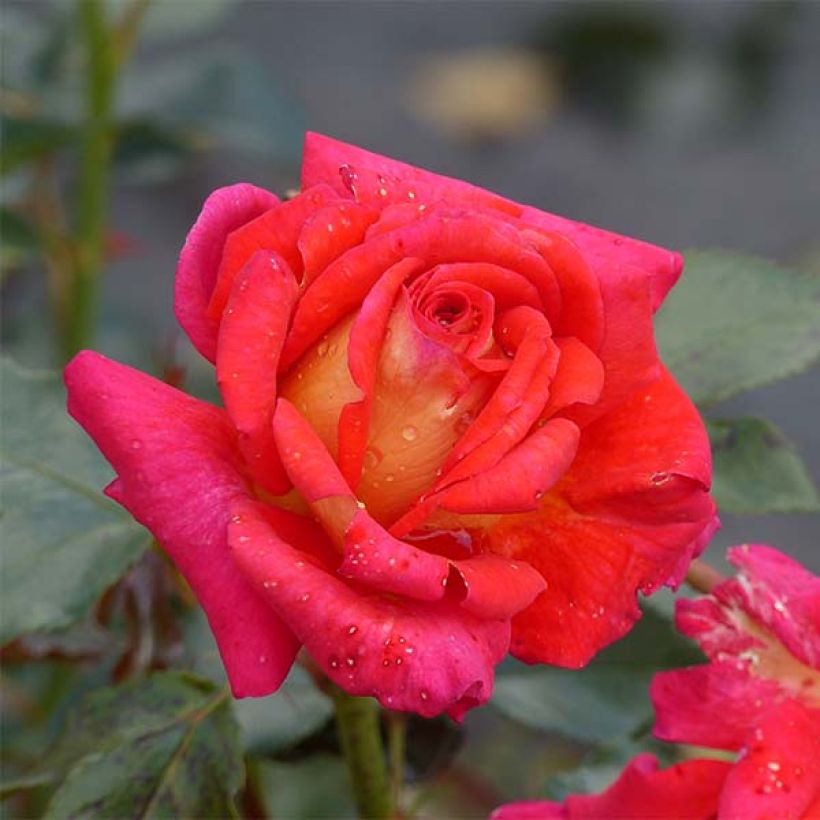

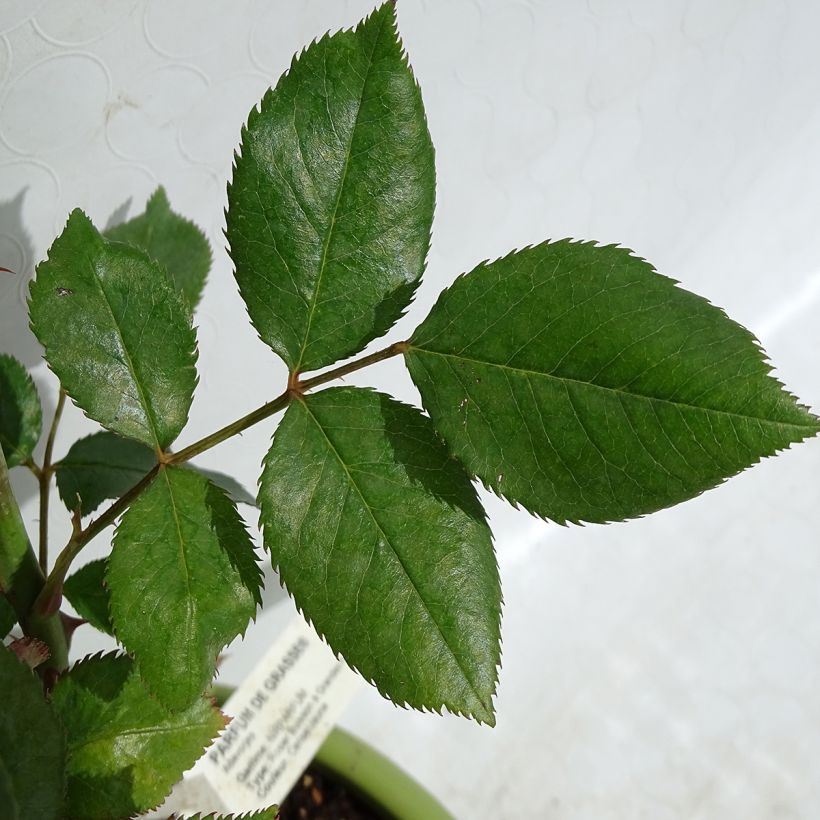

Plant habit
Flowering
Foliage
Botanical data
Rosa
Parfum de Grasse ® ADAvorjap
Rosaceae
Cultivar or hybrid
Rosa multiflora (4L/5L pot)
Planting and care
Plant in a sunny or partially-shaded location. Floribunda roses are tolerant, but do not like excessive limestone. They will adapt to any garden as long as the soil is well worked, not too heavy, and sufficiently rich. To plant your rose, work the soil by crumbling it and add fertiliser to the bottom of the planting hole (dried blood or dehydrated horn, for example). Water generously after planting to remove any air pockets. Water regularly for a few weeks to facilitate root development.
Roses are often stained or unsightly at the end of summer, but this will not hinder their development. These spots are a natural phenomenon and will not harm the rose.
Planting period
Intended location
Care
-
, onOrder confirmed
Reply from on Promesse de fleurs
Haven't found what you were looking for?
Hardiness is the lowest winter temperature a plant can endure without suffering serious damage or even dying. However, hardiness is affected by location (a sheltered area, such as a patio), protection (winter cover) and soil type (hardiness is improved by well-drained soil).

Photo Sharing Terms & Conditions
In order to encourage gardeners to interact and share their experiences, Promesse de fleurs offers various media enabling content to be uploaded onto its Site - in particular via the ‘Photo sharing’ module.
The User agrees to refrain from:
- Posting any content that is illegal, prejudicial, insulting, racist, inciteful to hatred, revisionist, contrary to public decency, that infringes on privacy or on the privacy rights of third parties, in particular the publicity rights of persons and goods, intellectual property rights, or the right to privacy.
- Submitting content on behalf of a third party;
- Impersonate the identity of a third party and/or publish any personal information about a third party;
In general, the User undertakes to refrain from any unethical behaviour.
All Content (in particular text, comments, files, images, photos, videos, creative works, etc.), which may be subject to property or intellectual property rights, image or other private rights, shall remain the property of the User, subject to the limited rights granted by the terms of the licence granted by Promesse de fleurs as stated below. Users are at liberty to publish or not to publish such Content on the Site, notably via the ‘Photo Sharing’ facility, and accept that this Content shall be made public and freely accessible, notably on the Internet.
Users further acknowledge, undertake to have ,and guarantee that they hold all necessary rights and permissions to publish such material on the Site, in particular with regard to the legislation in force pertaining to any privacy, property, intellectual property, image, or contractual rights, or rights of any other nature. By publishing such Content on the Site, Users acknowledge accepting full liability as publishers of the Content within the meaning of the law, and grant Promesse de fleurs, free of charge, an inclusive, worldwide licence for the said Content for the entire duration of its publication, including all reproduction, representation, up/downloading, displaying, performing, transmission, and storage rights.
Users also grant permission for their name to be linked to the Content and accept that this link may not always be made available.
By engaging in posting material, Users consent to their Content becoming automatically accessible on the Internet, in particular on other sites and/or blogs and/or web pages of the Promesse de fleurs site, including in particular social pages and the Promesse de fleurs catalogue.
Users may secure the removal of entrusted content free of charge by issuing a simple request via our contact form.
The flowering period indicated on our website applies to countries and regions located in USDA zone 8 (France, the United Kingdom, Ireland, the Netherlands, etc.)
It will vary according to where you live:
- In zones 9 to 10 (Italy, Spain, Greece, etc.), flowering will occur about 2 to 4 weeks earlier.
- In zones 6 to 7 (Germany, Poland, Slovenia, and lower mountainous regions), flowering will be delayed by 2 to 3 weeks.
- In zone 5 (Central Europe, Scandinavia), blooming will be delayed by 3 to 5 weeks.
In temperate climates, pruning of spring-flowering shrubs (forsythia, spireas, etc.) should be done just after flowering.
Pruning of summer-flowering shrubs (Indian Lilac, Perovskia, etc.) can be done in winter or spring.
In cold regions as well as with frost-sensitive plants, avoid pruning too early when severe frosts may still occur.
The planting period indicated on our website applies to countries and regions located in USDA zone 8 (France, United Kingdom, Ireland, Netherlands).
It will vary according to where you live:
- In Mediterranean zones (Marseille, Madrid, Milan, etc.), autumn and winter are the best planting periods.
- In continental zones (Strasbourg, Munich, Vienna, etc.), delay planting by 2 to 3 weeks in spring and bring it forward by 2 to 4 weeks in autumn.
- In mountainous regions (the Alps, Pyrenees, Carpathians, etc.), it is best to plant in late spring (May-June) or late summer (August-September).
The harvesting period indicated on our website applies to countries and regions in USDA zone 8 (France, England, Ireland, the Netherlands).
In colder areas (Scandinavia, Poland, Austria...) fruit and vegetable harvests are likely to be delayed by 3-4 weeks.
In warmer areas (Italy, Spain, Greece, etc.), harvesting will probably take place earlier, depending on weather conditions.
The sowing periods indicated on our website apply to countries and regions within USDA Zone 8 (France, UK, Ireland, Netherlands).
In colder areas (Scandinavia, Poland, Austria...), delay any outdoor sowing by 3-4 weeks, or sow under glass.
In warmer climes (Italy, Spain, Greece, etc.), bring outdoor sowing forward by a few weeks.
































